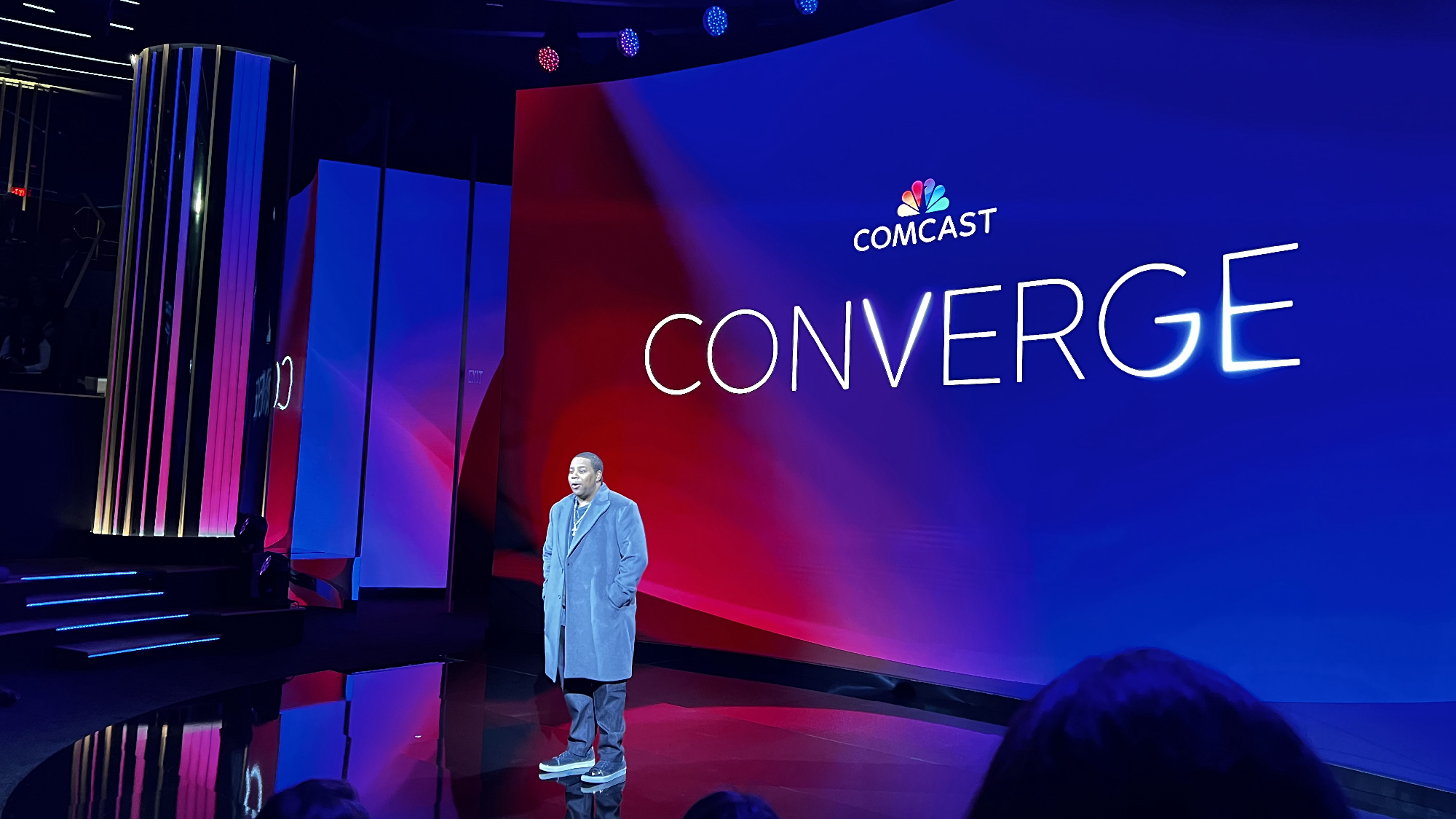
Comcast Converge 2024 set the stage for what the company has cooking in terms of forthcoming innovations this year — showcasing a convergence across the worlds of AI, networking, connected devices and entertainment (as the name suggests).
Through these tech verticals and its own knowhow, Comcast aims to make stream-able content, whether that be via Peacock or on NBC, much easier to consume alongside empowering the way we use our everyday devices at home and abroad.
With the help of host Kenan Thompson, whose hilarious gags definitely brightened up the event, Comcast Converge painted an interesting picture of 2024, wherein new technologies like Entertainment OS, the new XB10 gateway, and High Fidelity Feed may well drastically alter the way we consume content on a daily basis.
Here's all the biggest news out of Comcast Converge.
Networking advancements and XB10 gateway
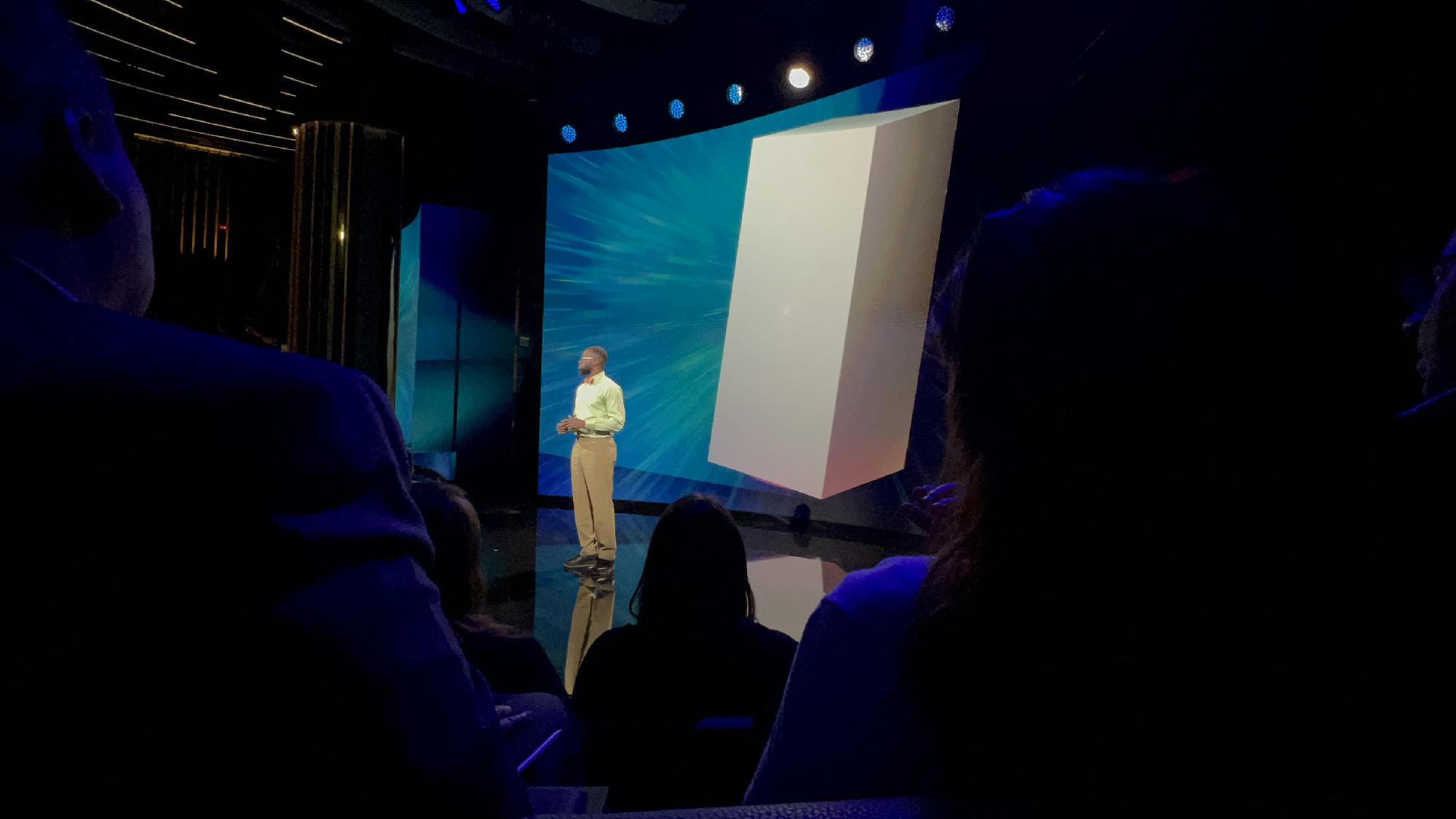
At the forefront of Comcast’s Converge event was its advancements in networking capabilities, pushing its Xfinity broadband network into new avenues of potential. Comcast voiced the nearly $20B its invested in this venture since 2018, one such investment being in Octave, which amounted to 60% improvements through AI, enhancing the experience on Comcast’s network through consistent back checks of over 4,000 telemetry data points.
The new Comcast XB10 gateway will use Wi-Fi 7 and Ai enhancements to support up to 300 devices at the same time.
Given the fact that 90% of home WiFi usage comes from the cell phones and nearly 70% of the home network data is entertainment (via its own internal data), Comcast sees potential in ensuring the experience on its network is at its utmost potential with the lowest rebuffering, highest average bitrate and lowest number of people against competing ventures as seen with Fiber and Fixed wireless networks.
But, bringing even more networking advancements to consumers’ homes is the upcoming debut of the XB10 Gateway, a new Wi-Fi 7 mesh router designed with loads of interesting new technologies, namely AI enhancements for streamlined bandwidth and better XR capabilities. It will also come equipped with three internal radios that each allow for up to 100 connected devices, equating to a potential total of 300 at the same time on one gateway.
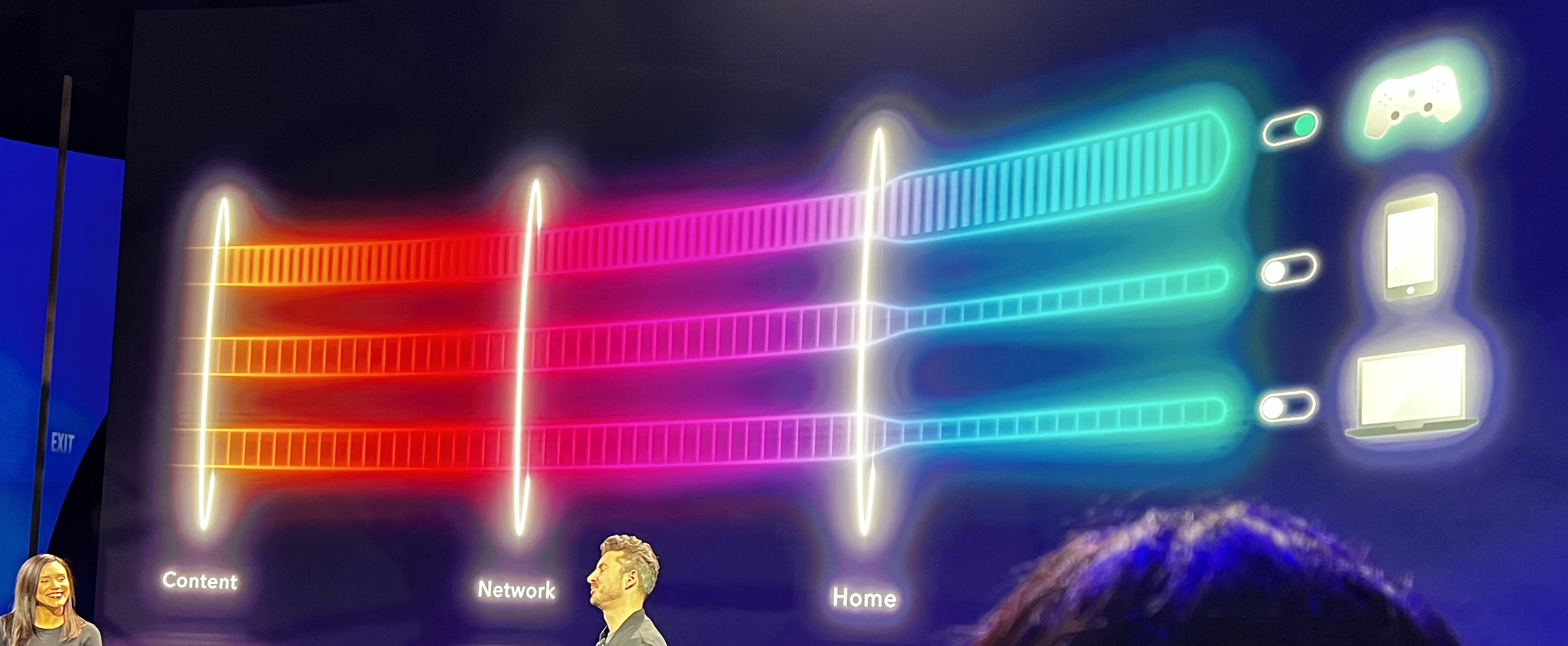
The XB10 Gateway will also be capable of motion sensing on specific devices using the Comcast app, as well as device prioritization. This latter feature will allow Comcast customers the ability to literally control and lower lag on devices, ensuring better connections on the devices that need better bandwidth, like gaming consoles versus the smart refrigerator, for example. This new feature alongside device motion sensing will be made available come this Fall on Comcast’s networking app.
This new gateway will also leverage WiFi 7, thus ensuring it's future proofed for what tomorrow brings, as currently there isn’t much out there using the standard, aside from examples like the Samsung Galaxy S24 Ultra and Acer Swift Edge laptop. Thus, the XB10 will be capable of delivering multi-gigabit speeds symmetrically over WiFi — best of all utilized in technologies like AR and VR headsets, gaming and more.
Interestingly, while discussing its network, Comcast still called it Xfinity 10G, which was recently termed as misleading due to the fact that it doesn’t really provide that much speed its name implies. The title should be changed over the course of the next year, but as of yet it seems Comcast hasn’t yet given the network a new name and is clearly sticking by it with the so-called XB10 in some capacity.
Sky Glass and Entertainment OS
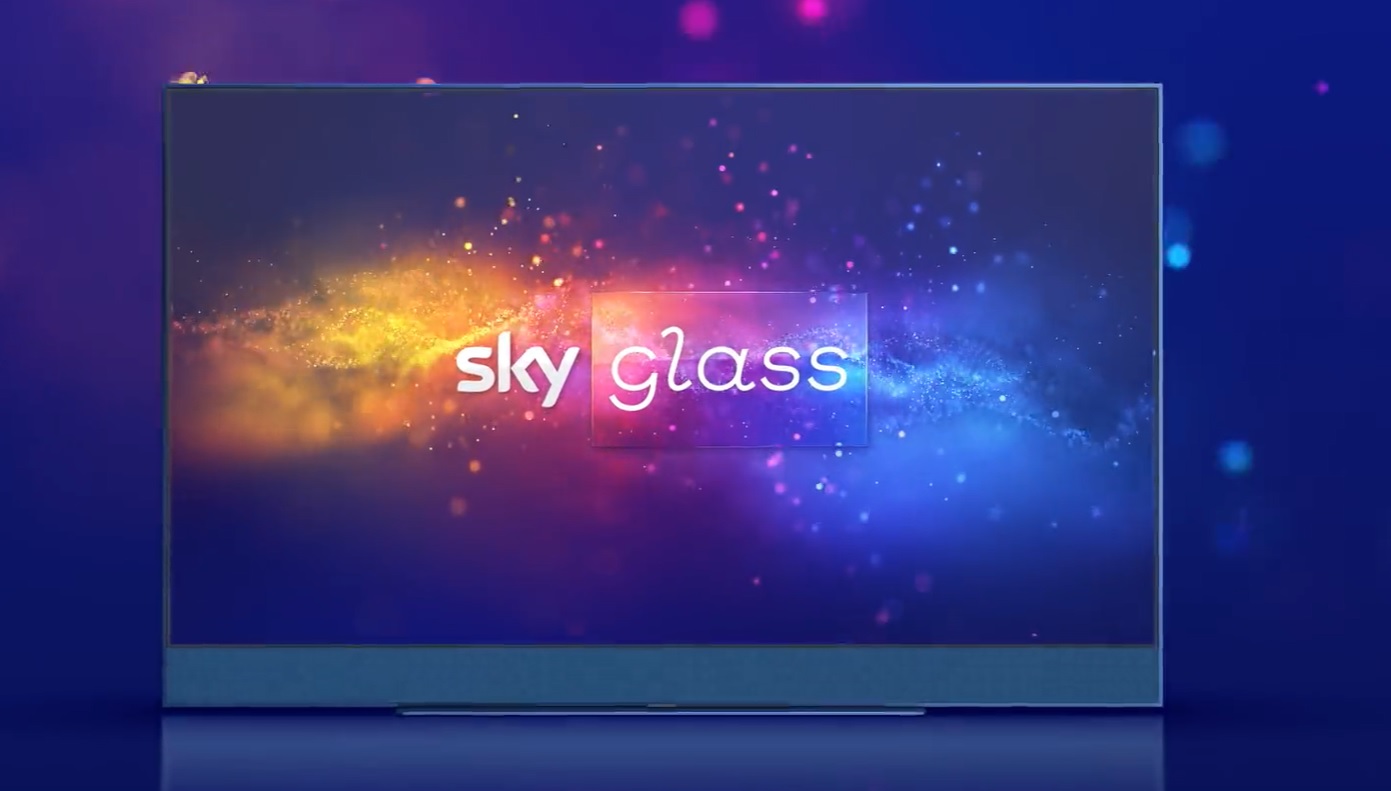
One of the biggest announcements at Comcast Converge was the reintroduction of the firm’s Sky Glass TV, a 4K HDR display that will come in 3 main sizes. Little else is known spec-wise about the new iteration and when asked during the demo portion of the event, I was told the information on its detailed specs would be sent to me later on, so I will update this page once we get the info.
Given the fact that it’s adopting the Sky nomenclature, which is most well-known as a UK-based broadband and media company, many might be unsure if the Sky Glass TV will make it to store shelves across the pond. I asked multiple Comcast employees at the Converge event and was told that “the plan” is to bring it to the U.S. eventually, potentially as an OEM of some kind.
In the demo portion of the event, I got to see the TV in action and while it does look good in person, Comcast is trying to sell it as an all-in-one package: a TV and sound system rolled into one. It features a subwoofer and an up-firing speaker system with 6 total speakers, all of which plainly shows in its relatively large bottom half.
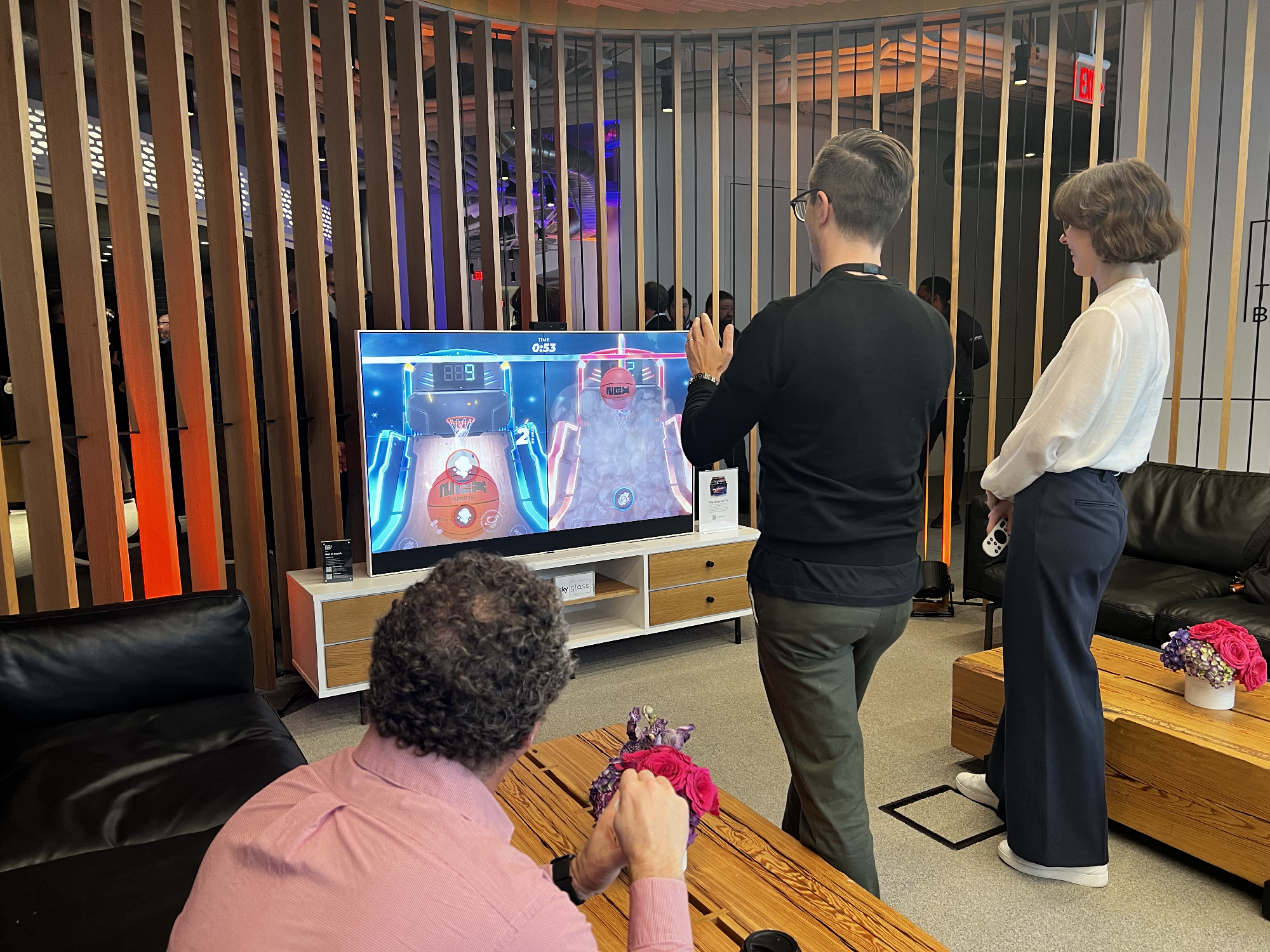
An additional camera can be purchased for the TV, which serves as a sort of webcam, one that can be used across a wide variety of different use cases, like interactive gaming, video calls and fitness — all corralled within a system called Sky Live.
The defining feature of Entertainment OS is its content playlists function and ability to drop users directly into the content of their choice without having to open a particular app first.
I got to play one of the basketball games while there, and it’s quite a blast. There are multiple other "motion" games included, like Fruit Ninja and Peppa Pig, but I find that its potential for video calls and even at-home workouts, which consists of over 259 exercises, might be its shining feat, allowing users a bit more potential with their living room display. Pricing for the webcam add-on, as well as the TV, remains TBD.
A prior demo reel also highlighted that the Sky Glass will come in a variety of different colors, including green, white, black, blue and red. Dolby Vision and Dolby Atmos will both come standard on the display as well. But the major highlight on the Sky Glass is its intuitive Entertainment OS.
Powering its Sky Glass TV and being included as part of another product venture in the standalone set-top-box-type Xumo device, Entertainment OS will act as the content hub for all the things we love watching — beyond just those presented by Comcast affiliates. The defining feature of Entertainment OS is its content playlists function and ability to drop users directly into the content of their choice without having to cycle into a particular app.
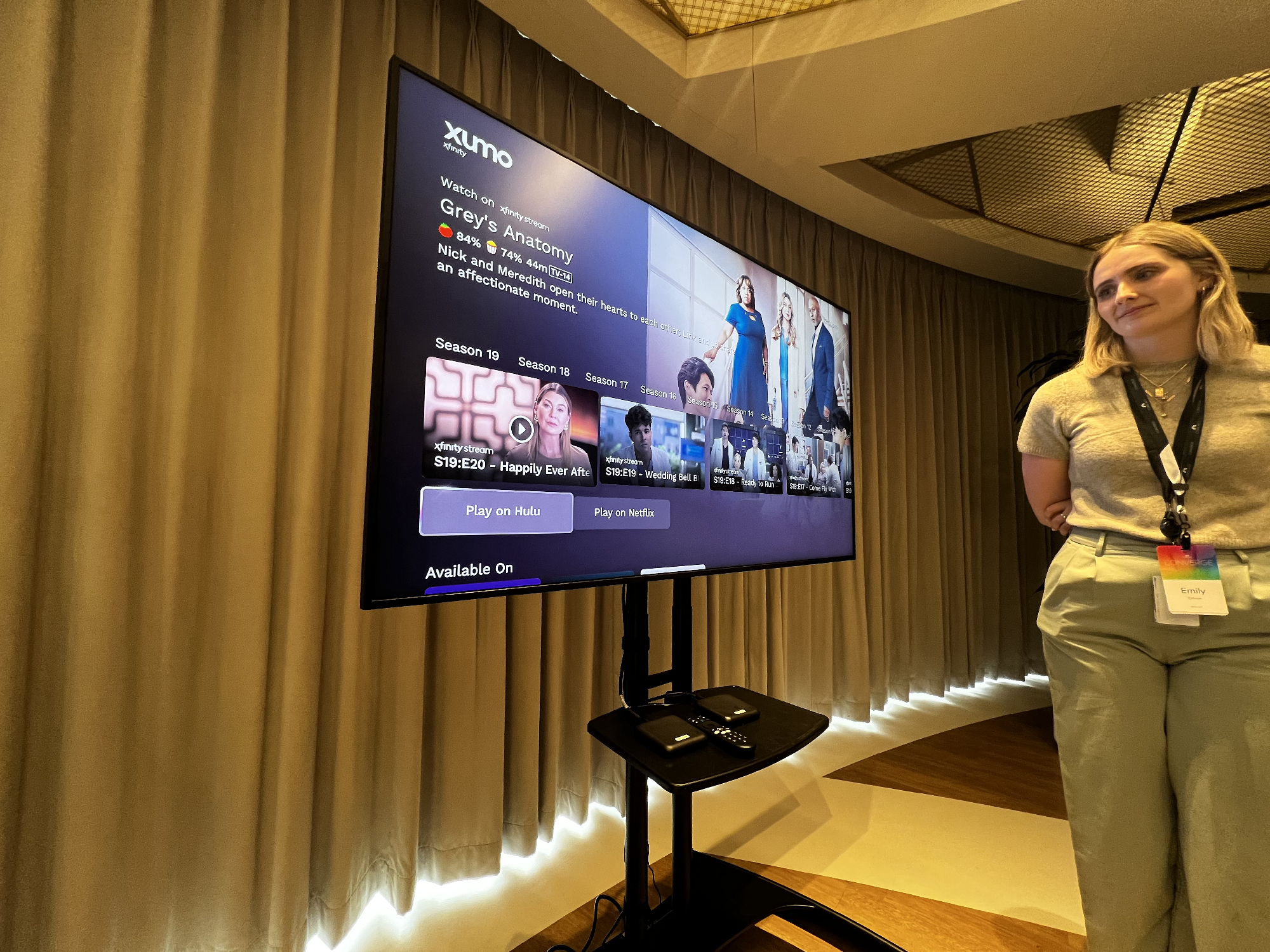
Say you want to watch the brand new episode of Max’s “True Detective: Night Country.” When clicking on that specific content bubble, users are dropped directly into the app and automatically navigated straight to that particular episode. It’s similar to Google TV’s own pick up where you left off rail, as well as other TV OS concepts, with Comcast seeing it as a streamlining for accessing content far faster.
The opening page of Entertainment OS shows a rail of content dedicated specifically to the user’s own interests, but you can always customize this to your liking and save specific content into playlists across varied users. Users can navigate right or left on the rail, with right being unwatched content and left being continue to watch content.
Comcast Xfinity subscribers can purchase a new Xumo box, which is an entertainment set-top-box that sports the Entertainment OS. It’s a $15 buy-in and an additional monthly charge for the Xumo box for Xfinity internet customers, or just an upfront $60 fee. The box itself looks akin to a portable SSD, only a bit larger and can theoretically be placed anywhere near the TV.
My biggest concern for this product is the fact that most people already have a working OS on their smart TVs. In reality, the Xumo box seems tailored to users who may want more parity across their home devices and internet, perhaps, or are buying into the Entertainment OS ecosystem on the whole — which also doesn’t seem all too likely given the dominance of Roku, Google TV, and even LG’s webOS platforms.
Still, we consider Xumo one of the best free streaming services, so there is a reason to buy into its ecosystem.
Enhanced sports experiences
Entertainment OS was quite an interesting new addition under the Comcast guise, but even more stellar is its newfound approach to sports broadcasting, pushing into a new era of innovation on how we experience these live events.
There are two ways Comcast describes its approach and thinking on sports content: “[We’re] the best seat in the house,” and “It’s only live once.” These principles directly correlate to Comcast’s innovations on this side of the entertainment spectrum, with one such concept being called High Fidelity Feed and the other being an advanced window into varied new sports viewing angles.
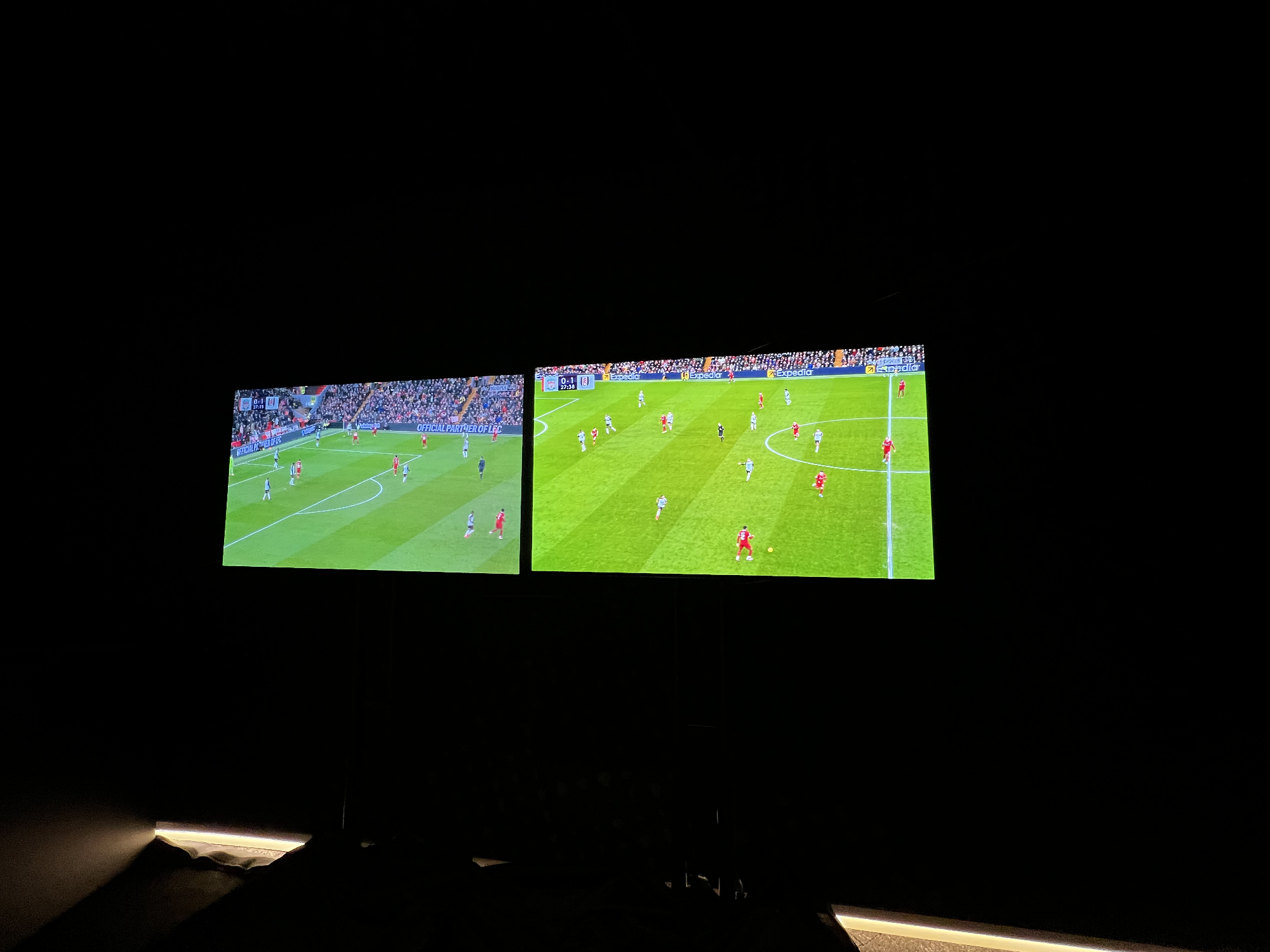
High Fidelity Feed, which Comcast explained was first utilized during this past Sunday’s Super Bowl 2024 event, essentially turns sports broadcasts into incredibly crisp 4K HDR experiences. A demo of the technology had a 720p/1080p broadcast of a Premier League game side by side with Comcast’s High Fidelity Feed, showing how the advanced encoding processes brings ample color, contrast, and motion processing to the event without any on-device trickery or changes made on the user’s part.
Meanwhile, Comcast is trying to give users the “best seat in the house” via Dolby Atmos audio and positional audio channels. Sound immersion during games when leveraging Comcast’s High Fidelity Feed will be radically improved, no matter if you’re using the TV’s built-in speakers or a 14-channel soundbar.
Perhaps most interesting of all is the High Fidelity Feed’s potential in reaching viewers far faster than a normal feed. The preview shown during the Converge event was playing at a 20-second faster rate over the other 720p broadcast, thus delivering particular sports broadcasts with a much lower lag than traditional high definition television. That’s 66% more bits per second without introducing any lag.
On top of Comcast’s new High Fidelity Feed, which should roll out sometime later this year, the company is also soon to debut more interactive sports elements in advanced betting via a collaboration with DraftKings and enhanced viewing angles. This is a real-time recreation of the event made using AI, body tracking and more.
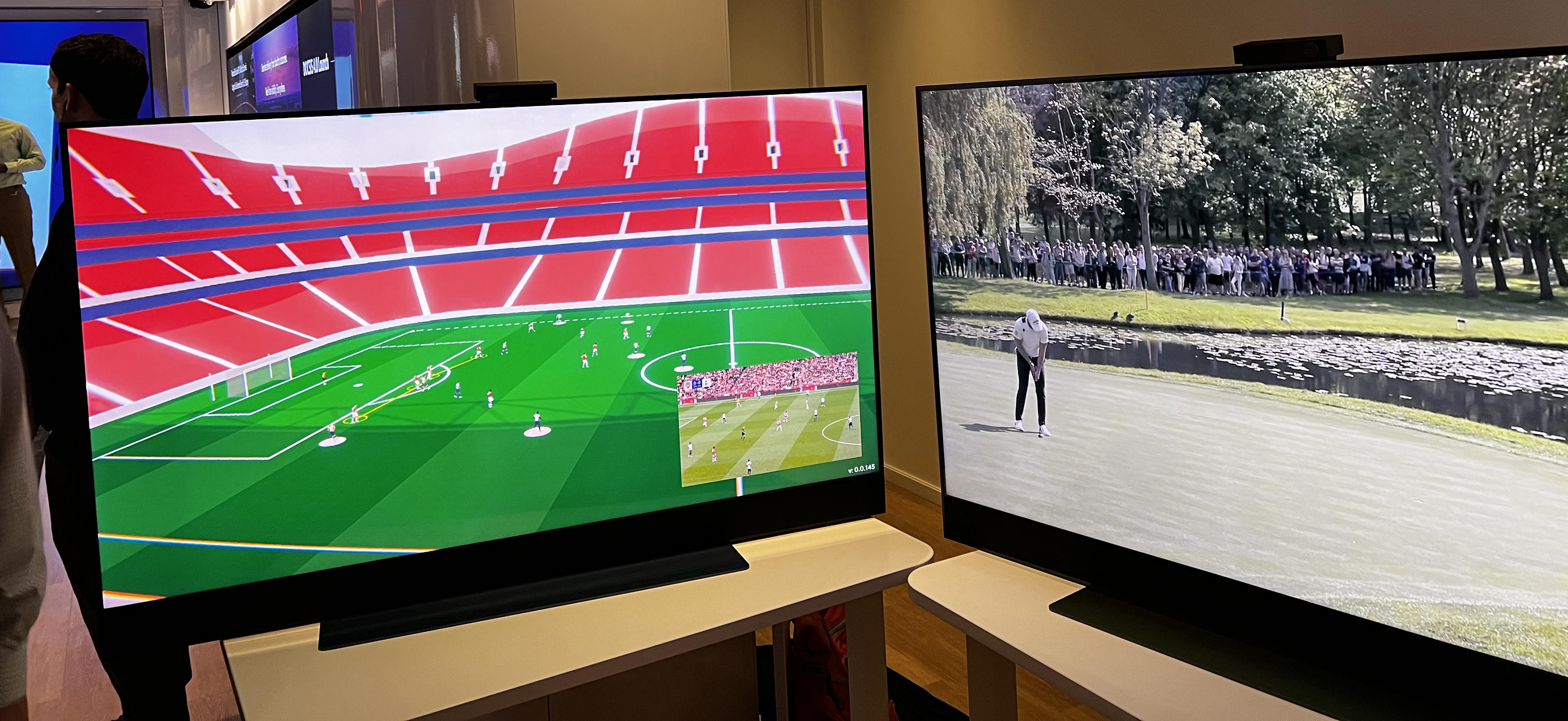
Though it didn’t have a specific name, these enhanced viewing potentials are almost like a pseudo-digital twin, though not to the fidelity one may hope. As it currently stands, this alternate viewing potential looks rough around the edges, but still gives viewers a ton of leeway in how they can experience the sports they love — so much so that it can even help in understanding the sport better or spotting certain calls before they’re even announced.
As an example, Comcast showed how the upcoming Players Championship, which kicks off March 12th, will have far better immersion thanks to an interactive golf tour. This allows viewers to expertly zoom out of the course and pick the particular hole of their choosing, and then zoom in and display the game as if in the shoes of Rickie Fowler himself, almost to the point where you can even see his lie better than you would in person.
Another example is F1’s upcoming Grand Prix, which starts on March 2nd. Comcast gave Converge attendees a sneak peek of how viewers will be able to position themselves directly within the cockpit of the race cars, angling viewership in a multitude of ways, whether that be forward-facing or rear-viewing within the driver seat, and well beyond.
The collaboration with DraftKings will also see a new Odds Zone on specific Comcast broadcasts, namely both the Grand Prix and Players Championship. This will allow users not only to see the odds and varied betting on the particular game but participate, as well — though there most assuredly will be limitations when watching in states with laws against sports betting.
Last, but certainly not least, Comcast also highlighted the upcoming Paris Olympics, which starts on July 26th, as being a major focus for the brand this year. The event will be broadcast across NBC and streamed on Peacock, potentially made all the more enjoyable thanks to all these enhancements. If there's ever a time to subscribe to Peacock, it's certainly in the lead up to this global sporting event.







